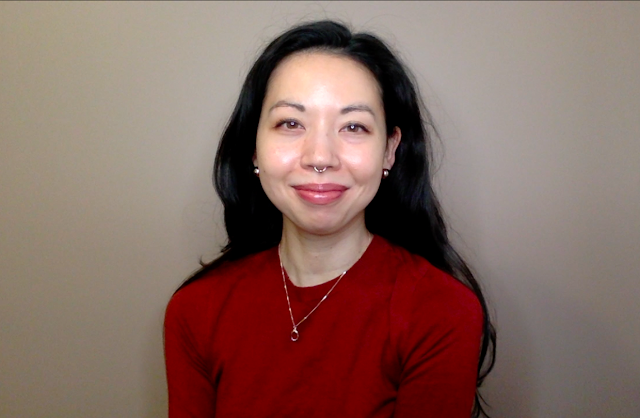VIDEO: Complete Sentences for Clear Work Communication
Using complete/full sentences in emails and chat helps with clearer communication at work
“Complete sentences” is something we all learn about in the Canadian education system and basically means we answer questions using the same words in the question, and avoid giving one-word answers or using sentence fragments. A complete or full sentence is usually officially defined as having a subject and predicate.
Here is an example of a complete sentence in action. Let’s say your Producer asks you:
Is the delivery going out today?
You respond in a complete sentence like so:
Yes, the first pass of animation for episode 307A is going out tonight around 6:00
An incomplete sentence-version of this question would be:
Is the delivery going out today?
and you say:
Yes (we don’t know what episode or what delivery)
Or
Yes, its going out tonight near EOD (while this is longer sentence, we still don’t know what ep or delivery!)
In the example I just gave, what if the person asking was actually looking for info on a new character cycle, or marketing stills, or the lighting delivery? Your response in a complete sentence tells your Producer what you are focusing on, and might indicate what might have fallen off the collective radar.
Even in emails, if you are in a delivery thread focusing on just one episode and a specific delivery, like say key lighting, take the extra 20 seconds to reiterate key information via a full sentence, or at least in the spirit of one.
For example, say you send off key lighting for an episode and it’s a total of 6 shots. The client comes back and says 3 are approved, and the other 3 have notes. When answering them, you might say something like:
Thank you for the feedback. We will roll A120, A130, and A140 out. We’ll address your notes for A150, A160, and A170, and send them back to you on Tuesday, January 17th.
versus
Thank you for the feedback. We’ll get those shots back to you early next week!
Even if the client is perfectly aware of which shots they approved vs. which ones they expect to see again, and even if your initial delivery email gave a timeline for the return of revised shots, say it again so key info is conveniently located in the most recent response— you don’t want your client, supervisors, or Producer to have to scroll back and find key info.
We are all doing more digital communication - balancing multiple chats and email threads, so it is helpful and even a good 'cover your butt’ move to be extra clear and precise about what you are referring to.
Just because you can juggle multiple priorities across many departments does not mean others have that same bird’s eye view or same level of detail. Complete or full sentences can help bridge that gap and make sure you are all on the same page.
Read this next
VIDEO: A Course in Production Lesson Seven: Best Practices for Good Employees
A Course in Production Lesson Nine: My Best Practices
VIDEO: 3 Surprisingly-Learnable Skills


